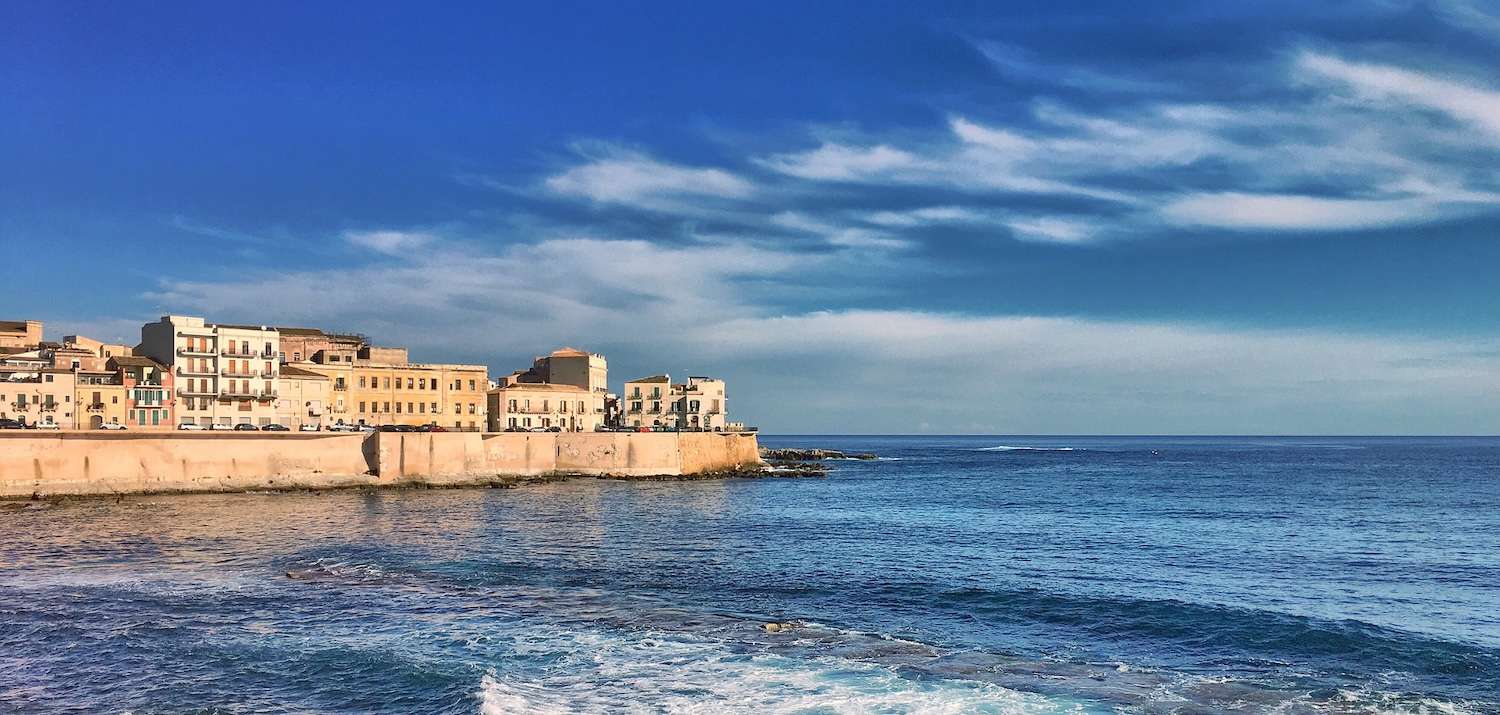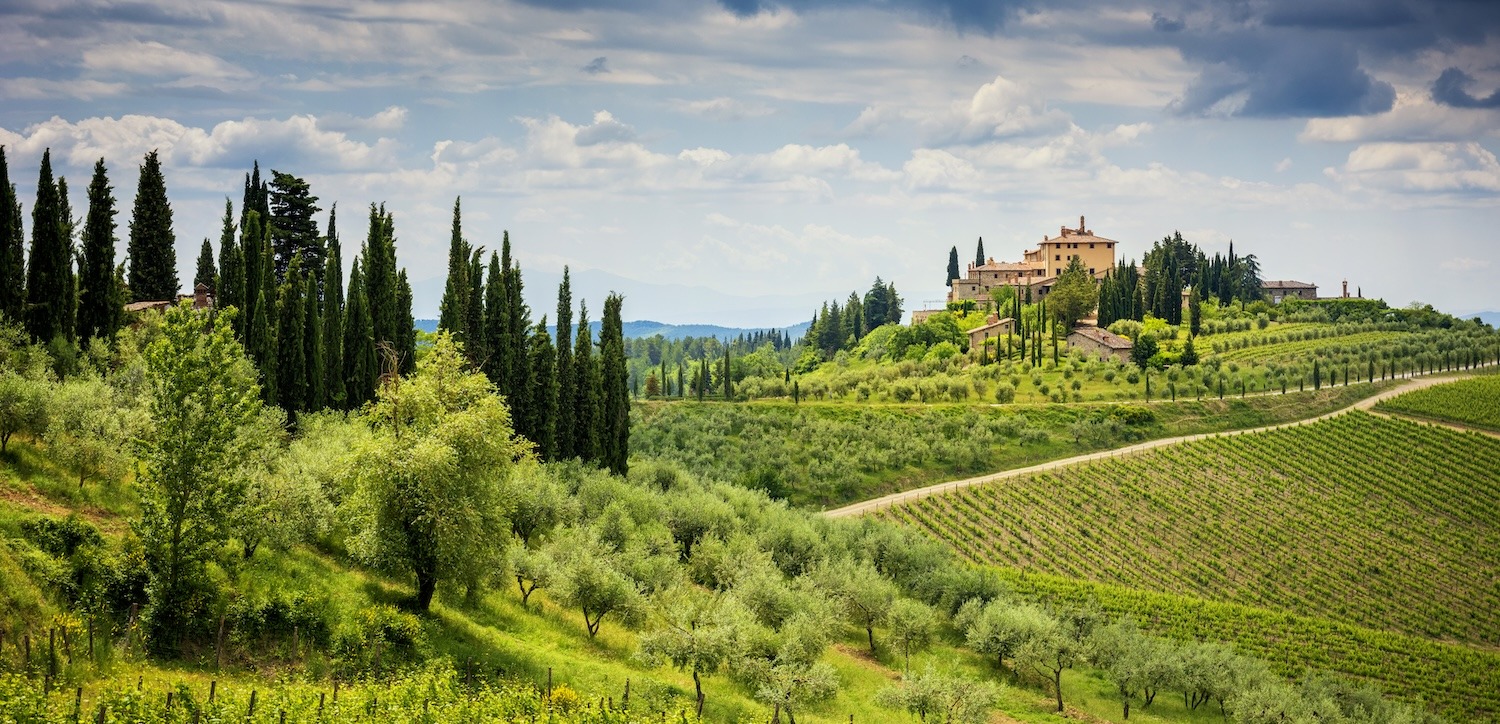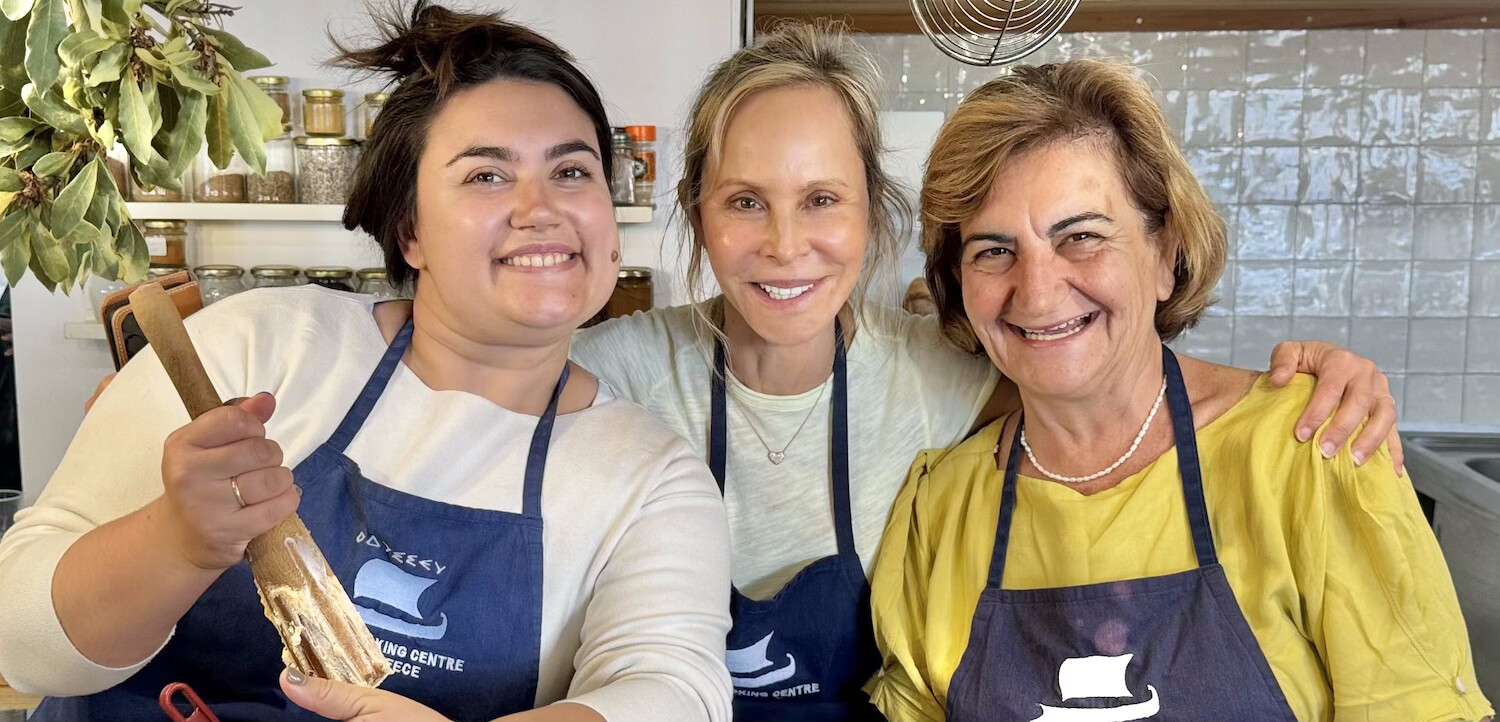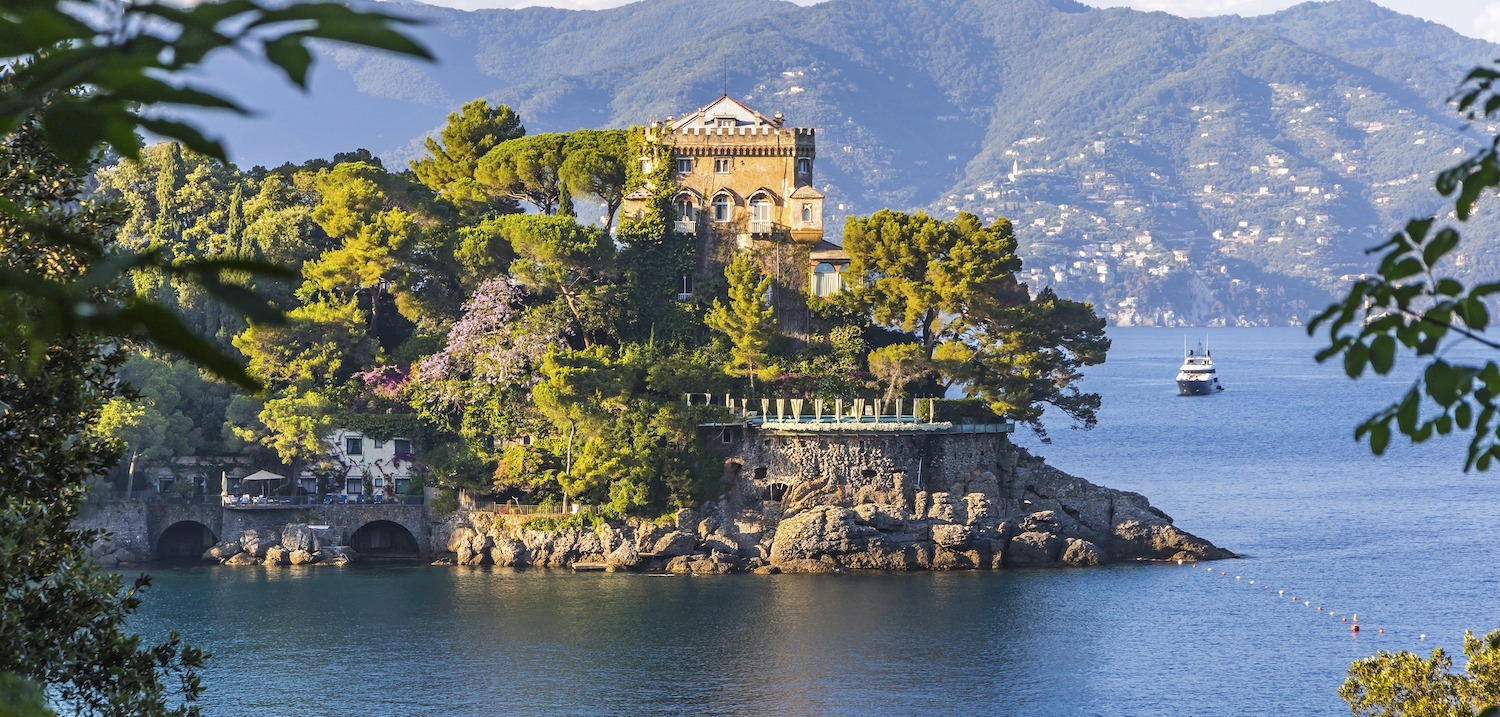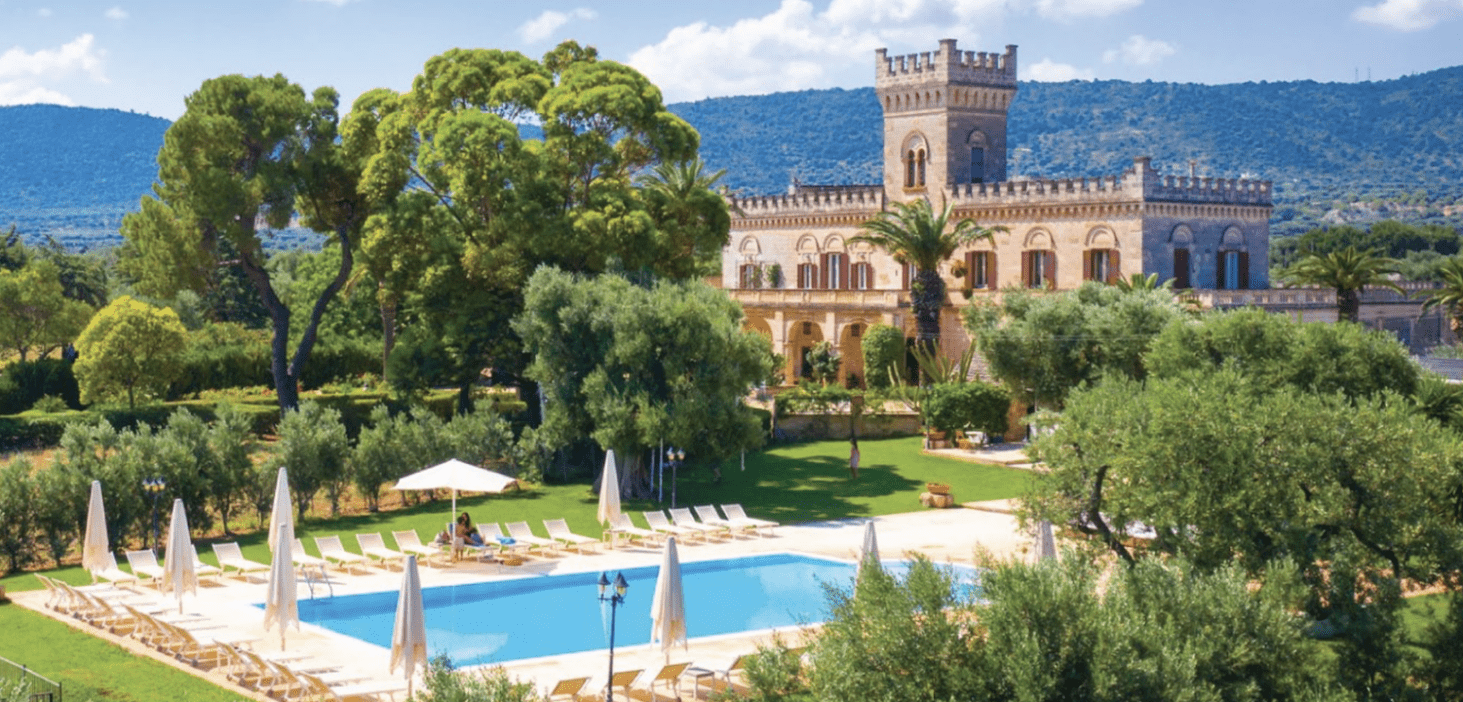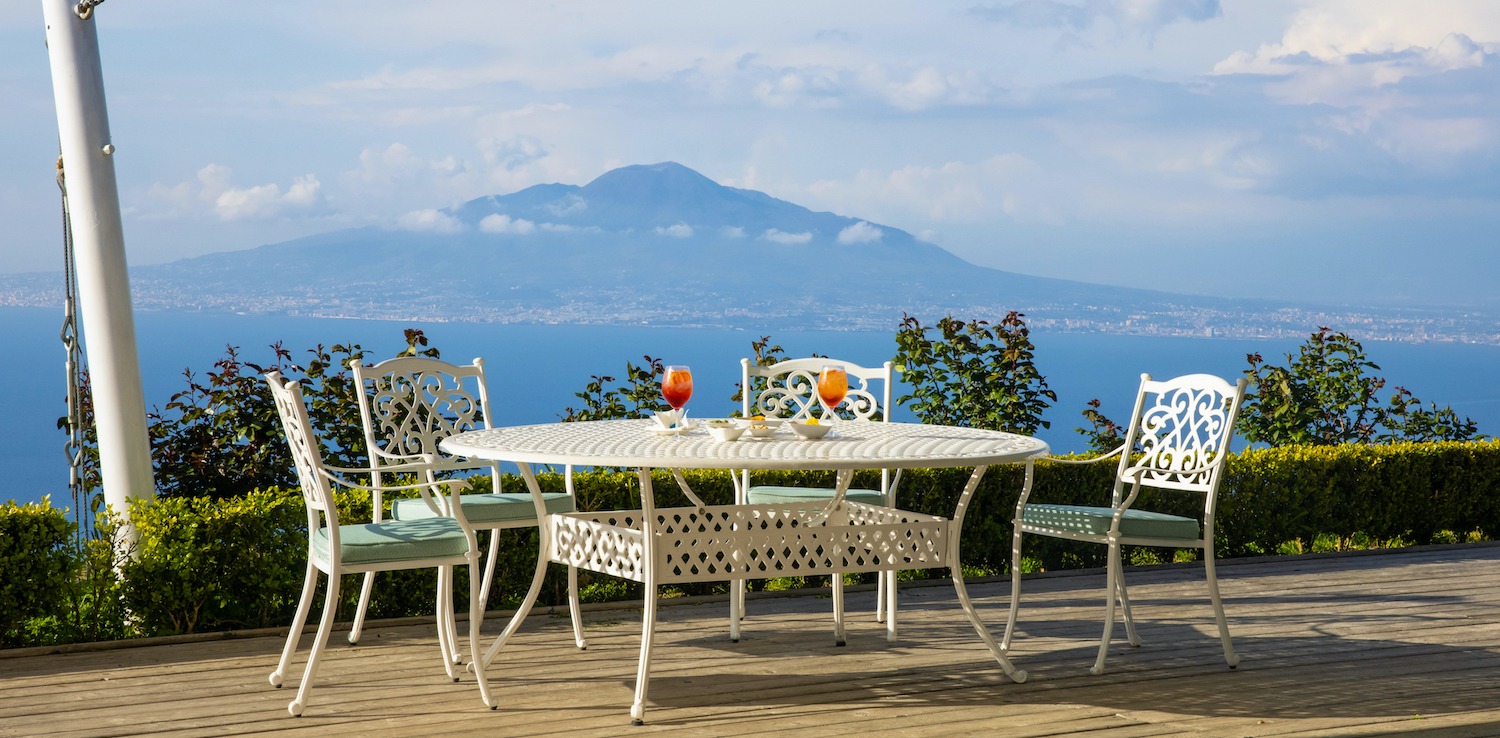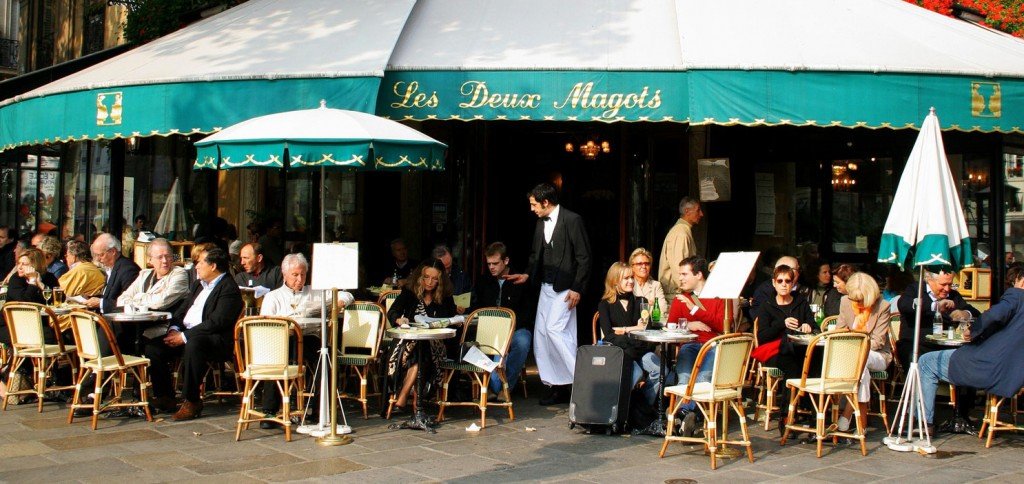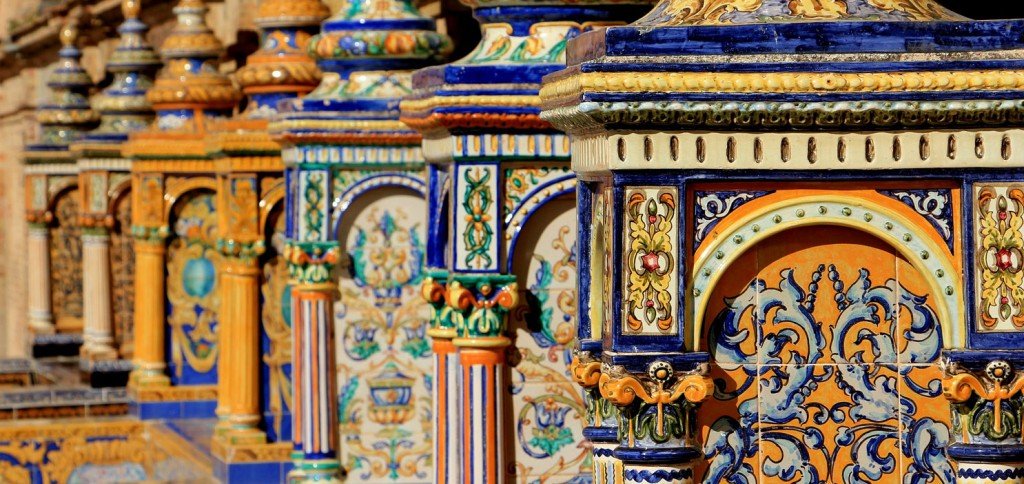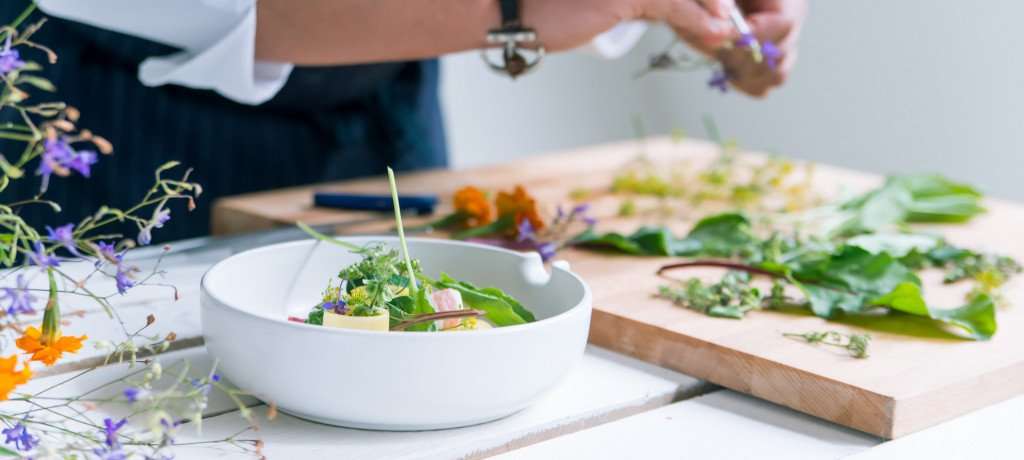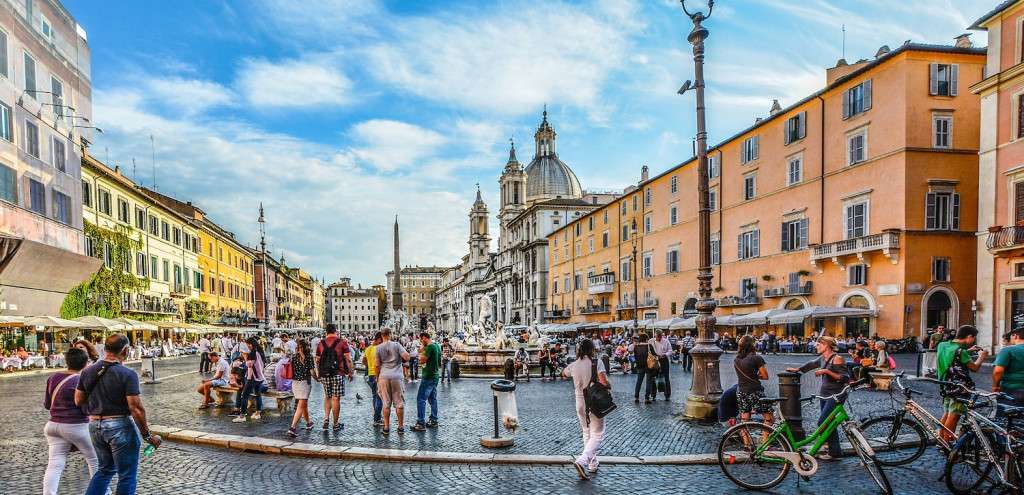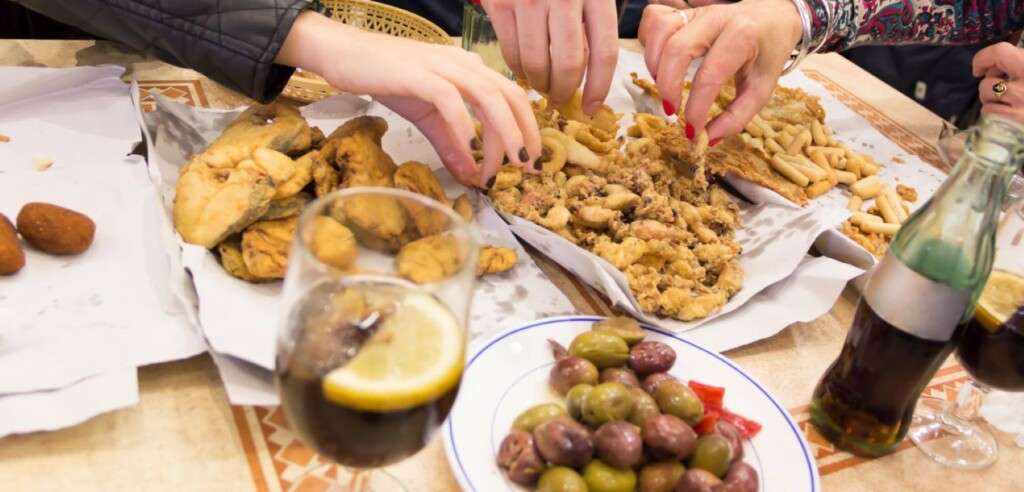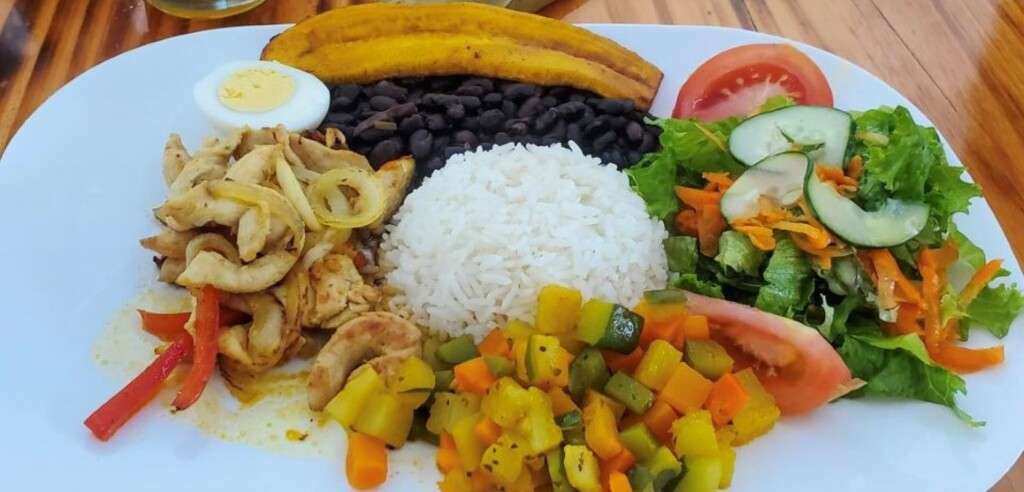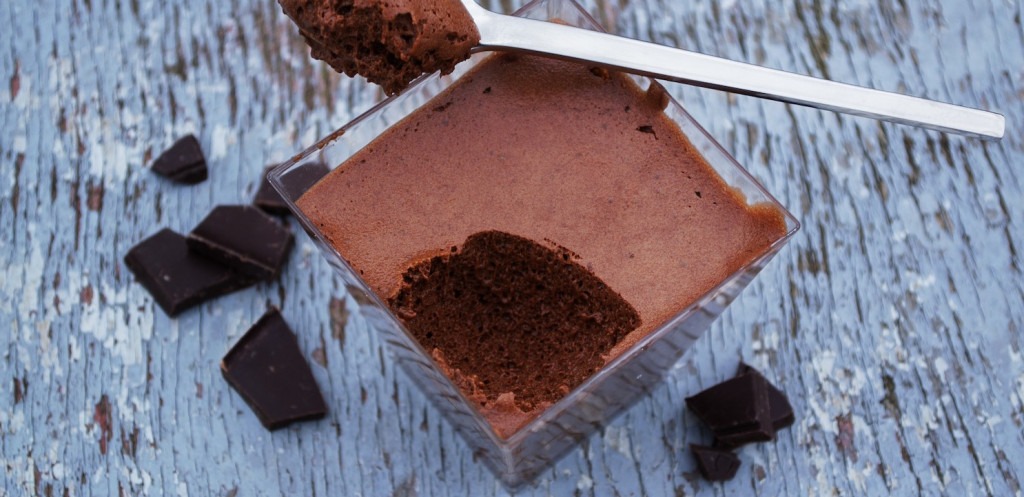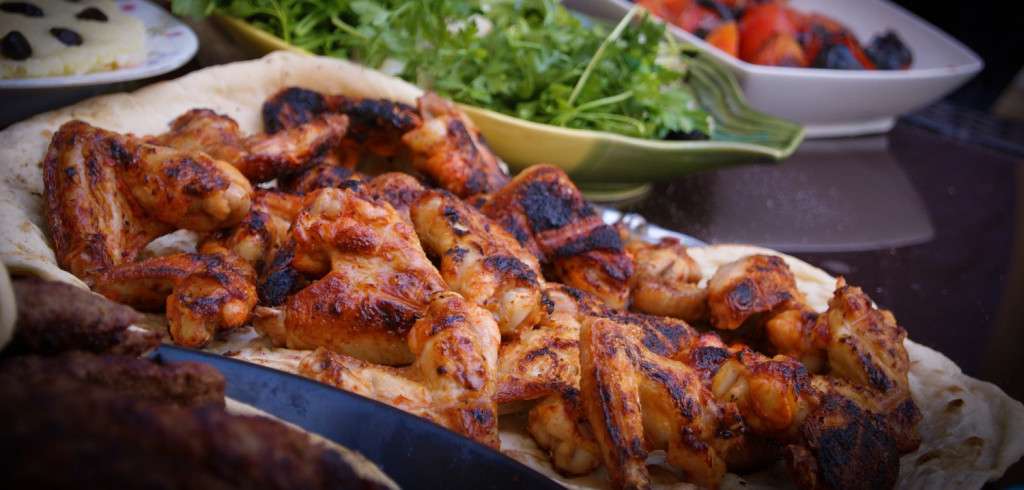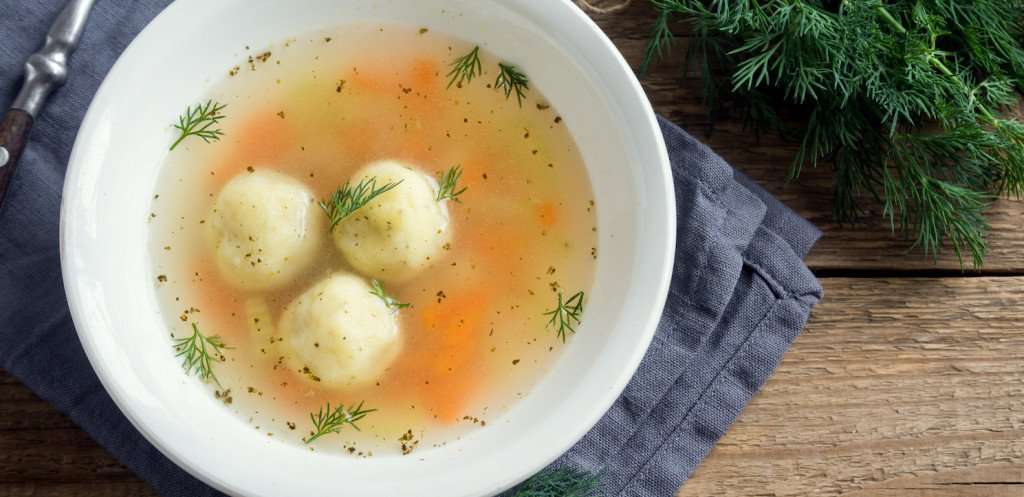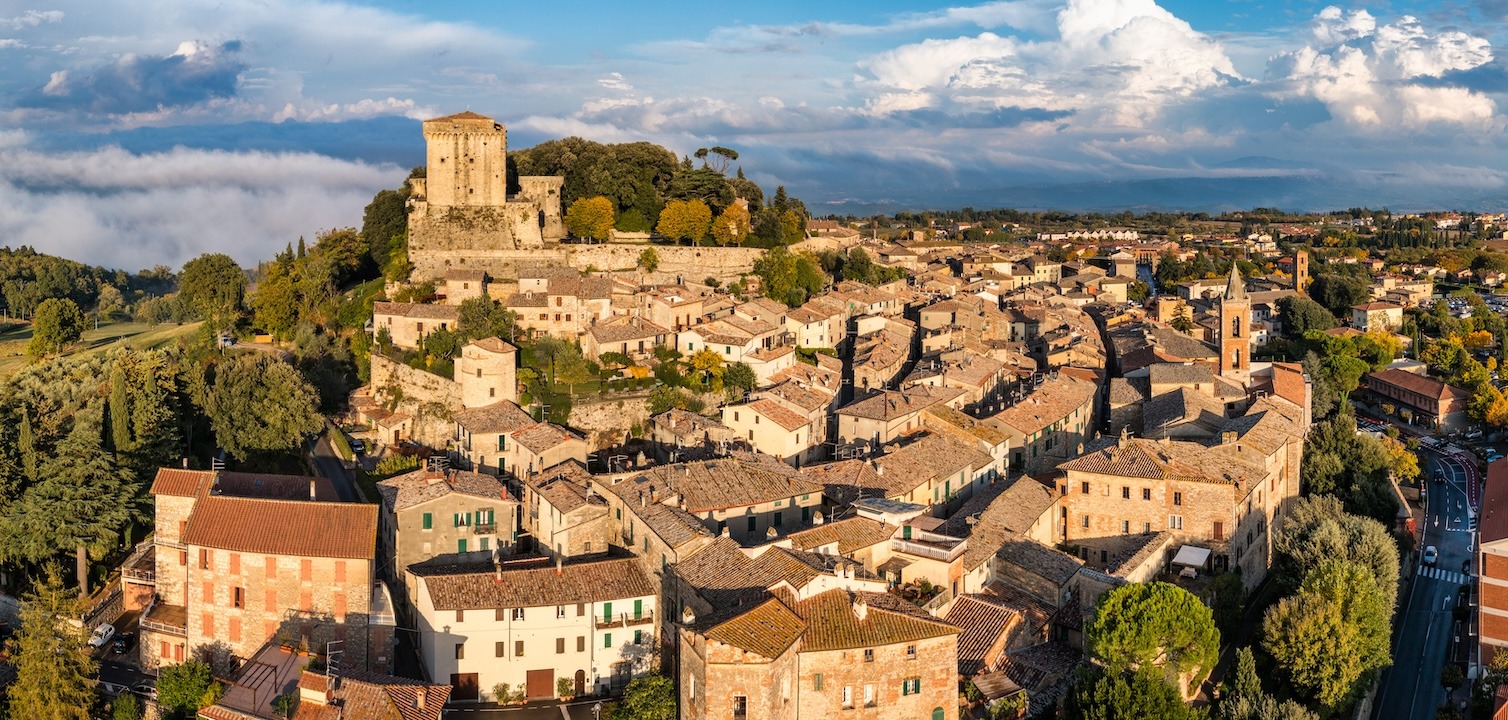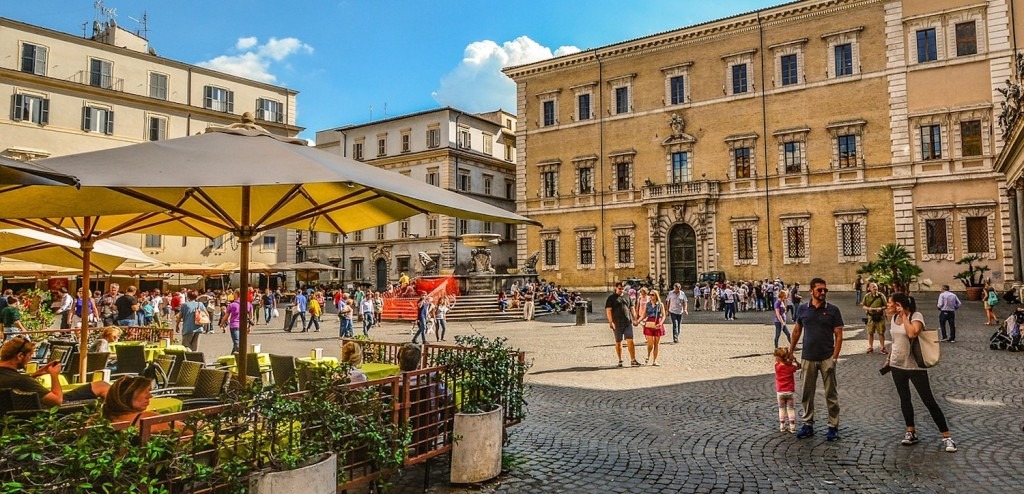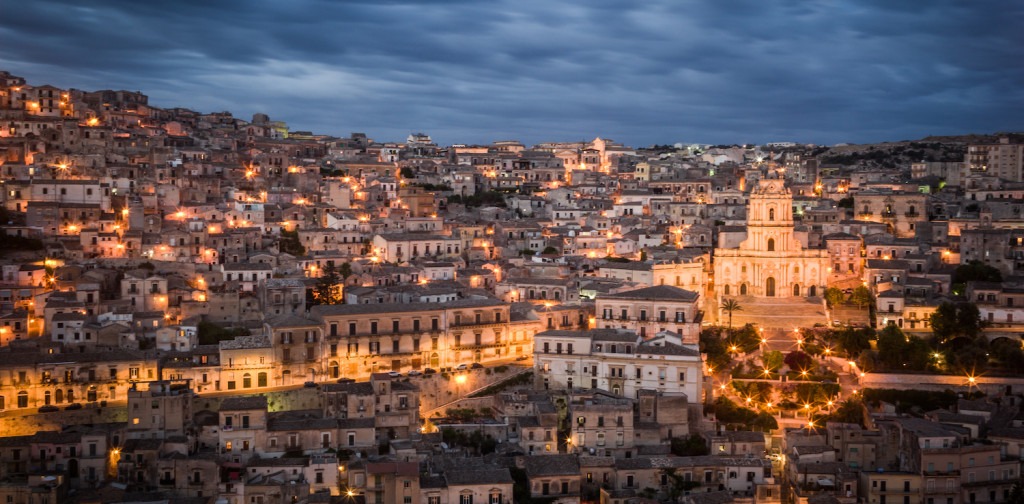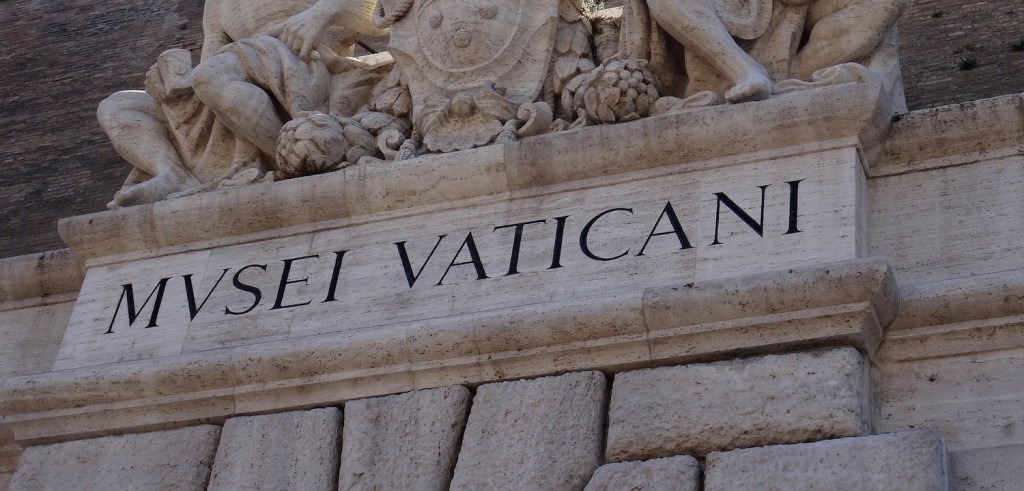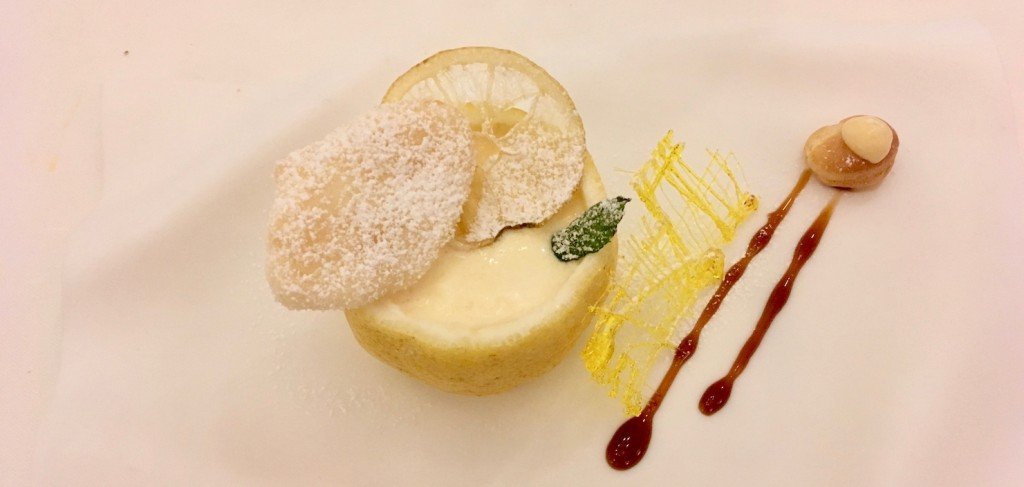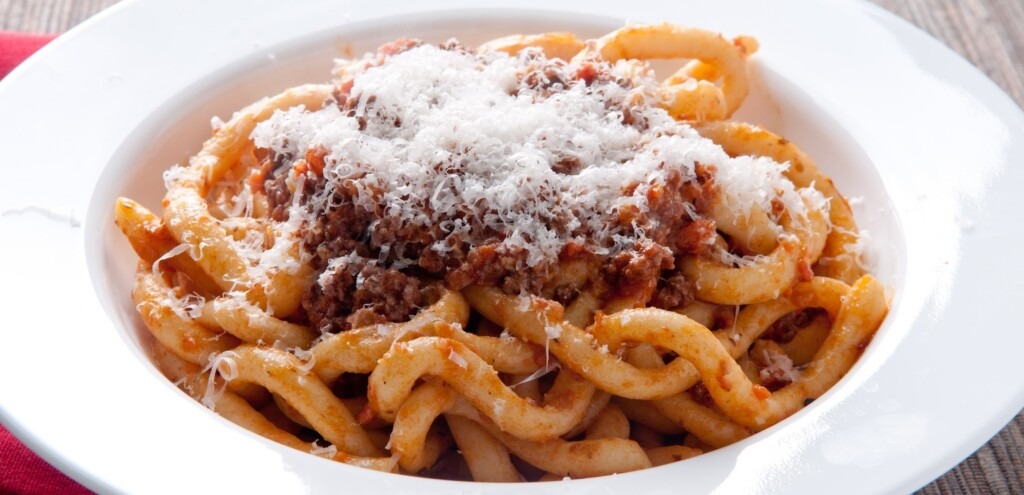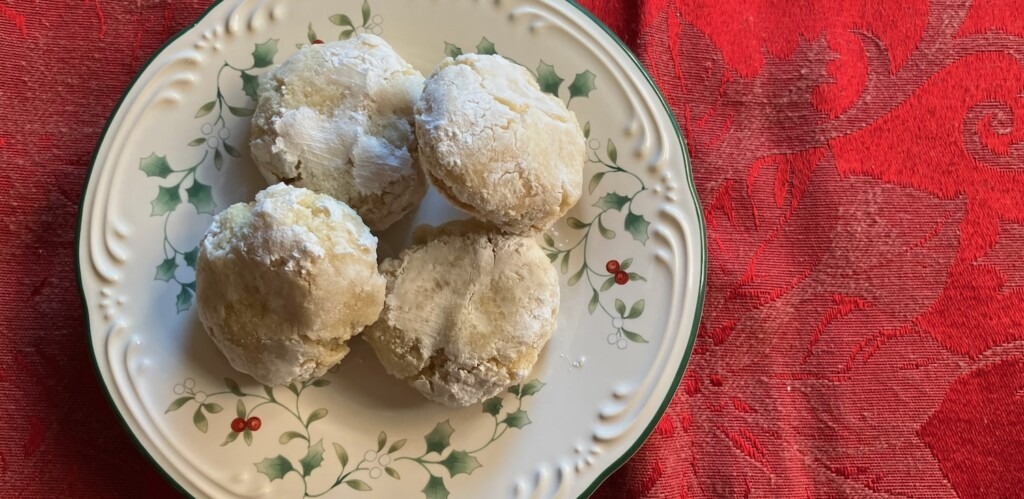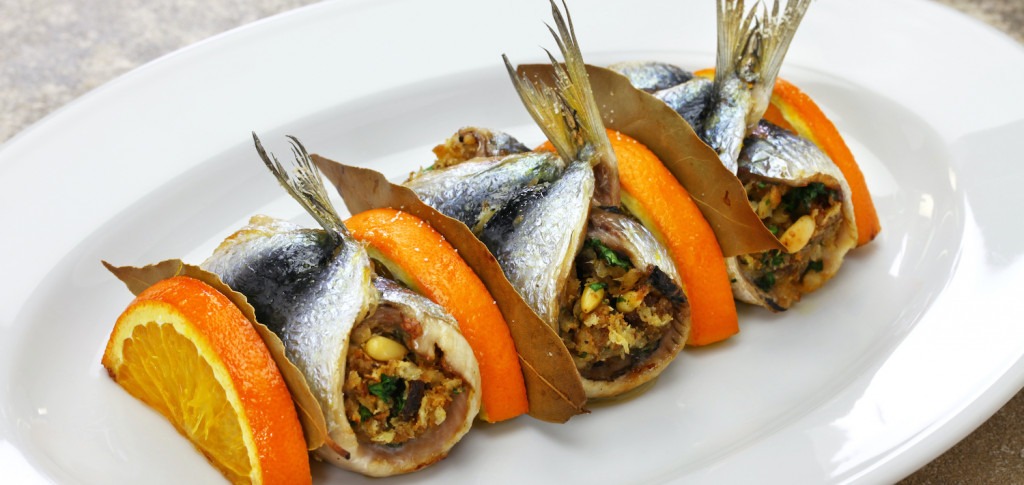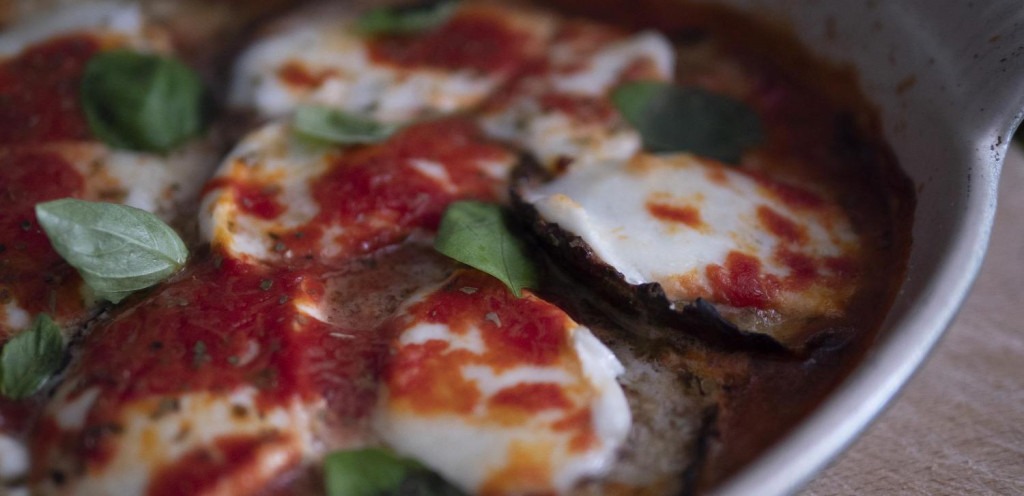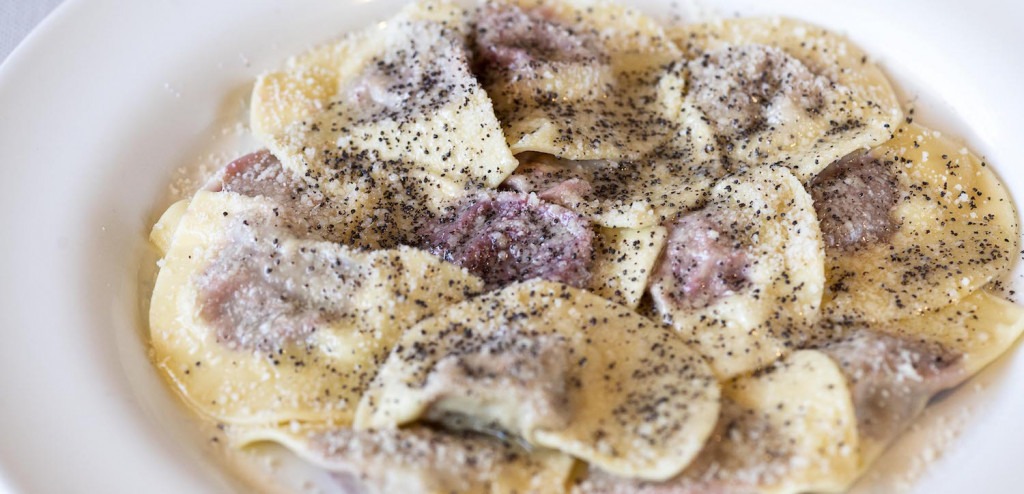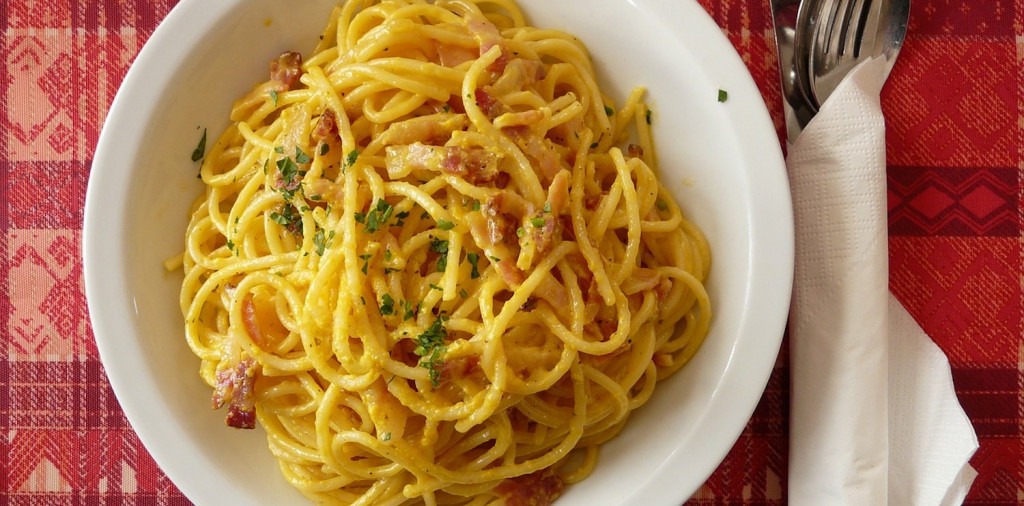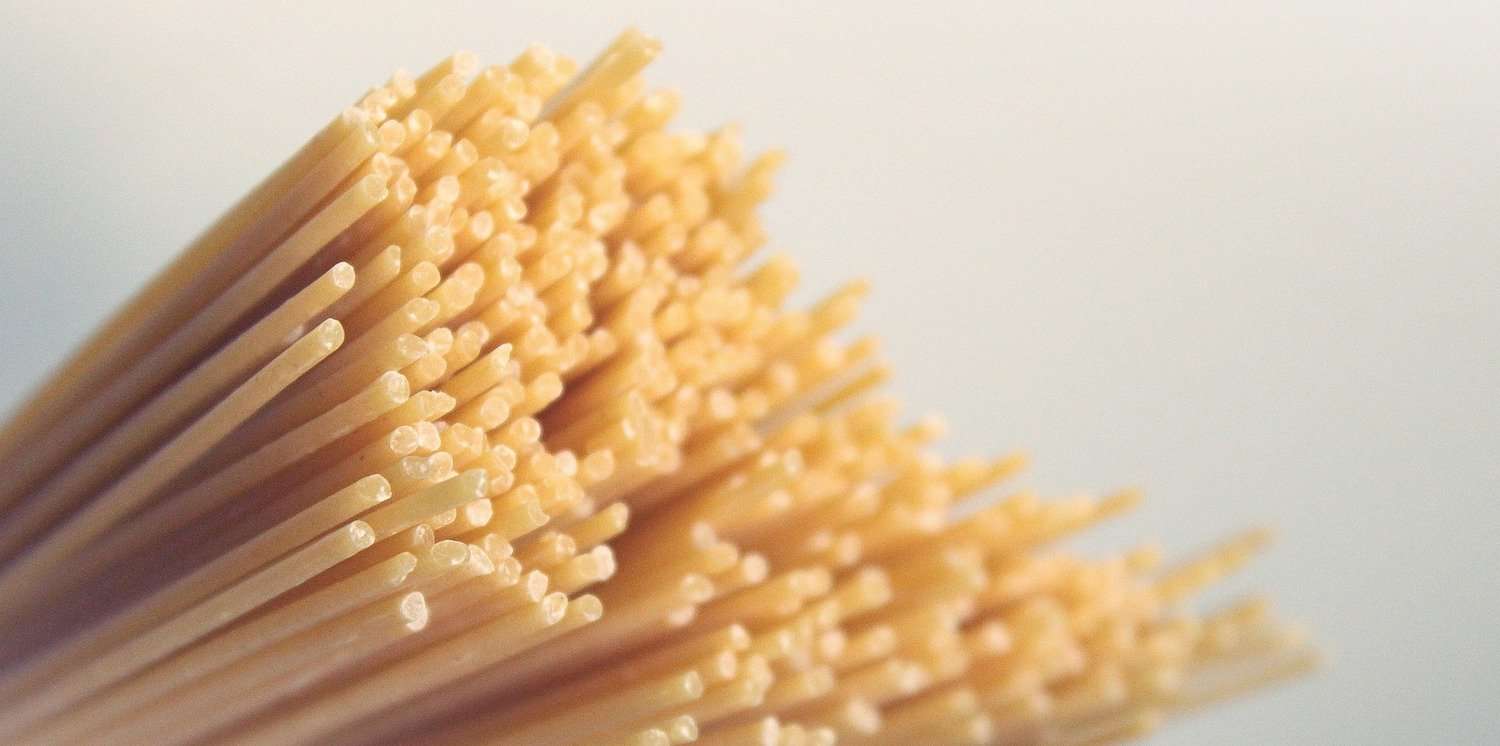
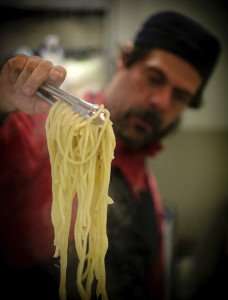 To most people spaghetti is just that thin, long Italian noodle you put under meatballs and marinara sauce, but did you know that in Italy, spaghetti is rarely (if ever) served with a meatball, and that some say it’s not even Italian at all?
To most people spaghetti is just that thin, long Italian noodle you put under meatballs and marinara sauce, but did you know that in Italy, spaghetti is rarely (if ever) served with a meatball, and that some say it’s not even Italian at all?
For those of you who think Marco Polo brought it over from China – wrong! A quick bit of research shows that pasta was around centuries before he traveled to China and might have been introduced into Sicily by Arab traders as early as the 7th Century. Certainly by the 12th Century there were already written records of spaghetti in Italy.
See all our cooking vacations in Italy.
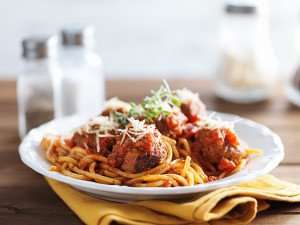
Types of Spaghetti
There are many types of spaghetti, mostly based on size or regional variations. Thin spaghetti can be called spaghettini (or little spaghetti) or capellini (little hairs), while thick spaghetti is called spaghettoni (big spaghetti). There are, however, also other long, thin regional variations, such as bucatini, which are basically spaghettoni with a small hole that runs lengthwise (“buco” means hole in Italian), and pici pasta or umbricelli, which are thicker and hand-rolled.
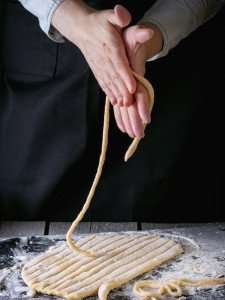 There is also the square-shaped spaghetti alla chitarra, which is cut in a special square shape instead of being round. “Chitarra” means guitar, and I surmise that it gets its name from the box in which it’s cut into its distinctive shape, which is threaded lengthwise with many strings, thus resembling a guitar.
There is also the square-shaped spaghetti alla chitarra, which is cut in a special square shape instead of being round. “Chitarra” means guitar, and I surmise that it gets its name from the box in which it’s cut into its distinctive shape, which is threaded lengthwise with many strings, thus resembling a guitar.
You will also find spaghetti flavored with other ingredients, such as spinach and even squid ink.
Try our recipe for Pappardelle with Mushrooms and Sage.
It’s All about the Gravy?
Many people don’t realize that spaghetti and meatballs is actually an Italian American invention (although a tasty one – so we don’t knock it!). In Italy meatballs (polpette) would not be served with pasta but as their own dish. (And as an aside, did you know that gravy is an Italian-American way to refer to a hearty tomato sauce? In Italy there is no word to distinguish a sauce made from meat-drippings and one made from tomatoes – they would both be referred to as a “sugo.”)
 Although you will find simple spaghetti preparations with sugo or salsa al pomodoro (simple tomato sauce), marinara (a Neapolitan sugo with the addition of herbs), or a Bolognese meat sauce, it’s also frequently found with an amatriciana sauce (tomato and guanciale – a bit like pancetta or bacon) or a griscia sauce (like a tomato-less amatriciana) – both of these are traditional dishes in the Lazio region. In many regions you can find spaghetti with seafood and clams (like the well-known alle vongole). And of course, one of our favorite preparations is in a classic carbonara with guanciale and egg.
Although you will find simple spaghetti preparations with sugo or salsa al pomodoro (simple tomato sauce), marinara (a Neapolitan sugo with the addition of herbs), or a Bolognese meat sauce, it’s also frequently found with an amatriciana sauce (tomato and guanciale – a bit like pancetta or bacon) or a griscia sauce (like a tomato-less amatriciana) – both of these are traditional dishes in the Lazio region. In many regions you can find spaghetti with seafood and clams (like the well-known alle vongole). And of course, one of our favorite preparations is in a classic carbonara with guanciale and egg.
Try a southern Italian recipe for Pasta alle Vongole e Zucchine (Pasta with Clams and Zucchini)
How to Make Spaghetti
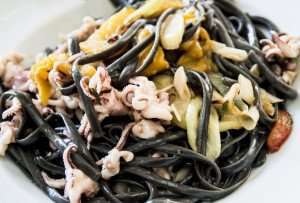 Spaghetti is made like most pastas, with a durum wheat flour and water. You can find fresh spaghetti all’uovo (“with egg”) that is made much like fresh tagliatelle or fettuccine but cut differently, although the dried, round version you’ll find even in grocery stores is more common. Spaghetti should be boiled in salted water until “al dente,” so not until it is completely soft. One Italian trick is to pull it from the water 2-3 minutes early and finish it in a skillet with the accompanying sauce, which the pasta absorbs as it finishes cooking. Yum.
Spaghetti is made like most pastas, with a durum wheat flour and water. You can find fresh spaghetti all’uovo (“with egg”) that is made much like fresh tagliatelle or fettuccine but cut differently, although the dried, round version you’ll find even in grocery stores is more common. Spaghetti should be boiled in salted water until “al dente,” so not until it is completely soft. One Italian trick is to pull it from the water 2-3 minutes early and finish it in a skillet with the accompanying sauce, which the pasta absorbs as it finishes cooking. Yum.
International Spaghetti? You Bet!
 It would probably be hard to find a country that does not feature any version of a spaghetti dish. Certainly types of spaghetti can be found in many Asian countries: just think of Ramen, Udon, or Soba noodles, rice vermicelli, or the plethora of noodles you’ll find in Chinese cuisine.
It would probably be hard to find a country that does not feature any version of a spaghetti dish. Certainly types of spaghetti can be found in many Asian countries: just think of Ramen, Udon, or Soba noodles, rice vermicelli, or the plethora of noodles you’ll find in Chinese cuisine.
Growing up in Cincinnati we ate it with Cincinnati-style chili (a Greek-influenced version that bears little resemblance to Southwestern chili). In Spain there is a version called “fideos,” which is often used in a preparation similar to paella.
Basically, you can travel the world from end to end and find a multitude of spaghetti-type dishes to enjoy!
Spaghetti in Popular Culture
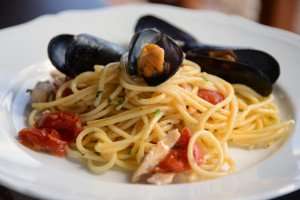 Spaghetti also has a huge presence in popular culture. Think of the Lady and the Tramp eating their spaghetti dinner, or Buddy pouring maple syrup on his in “Elf.” “Cloudy with a Chance of Meatballs” shows us food terrorizing the locals, including with a spaghetti tornado, while “Goodfellas” features a now famous recipe made by the inmates in wiseguy prison.
Spaghetti also has a huge presence in popular culture. Think of the Lady and the Tramp eating their spaghetti dinner, or Buddy pouring maple syrup on his in “Elf.” “Cloudy with a Chance of Meatballs” shows us food terrorizing the locals, including with a spaghetti tornado, while “Goodfellas” features a now famous recipe made by the inmates in wiseguy prison.
Or, think of Sergio Leone’s (and Clint Eastwood’s) spaghetti westerns (which actually had nothing to do with spaghetti).
Try Making It Yourself on a Cooking Vacation
 If you’ve never made spaghetti yourself and want to try, head to Italy on one of our cooking vacations. Some of our favorites include Mediterranean Cooking Experience, where you might learn to make spaghetti alla chitarra, Living the Real Tuscan Dream, where you might use ancient grains in your pasta, or Food Lover’s Paradise in Norcia, where you might make the local variety (called umbricelli) with truffles.
If you’ve never made spaghetti yourself and want to try, head to Italy on one of our cooking vacations. Some of our favorites include Mediterranean Cooking Experience, where you might learn to make spaghetti alla chitarra, Living the Real Tuscan Dream, where you might use ancient grains in your pasta, or Food Lover’s Paradise in Norcia, where you might make the local variety (called umbricelli) with truffles.
Sign up to Receive Our Newsletter
As well as travel tips, promotions, and information on our best cooking vacations.
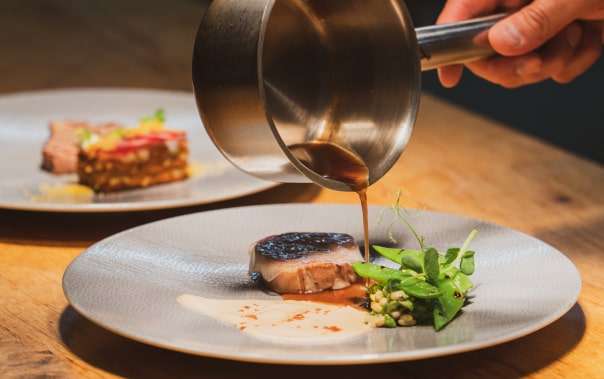
blog
Related Blog Posts
recipes

